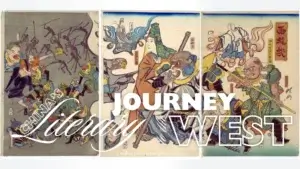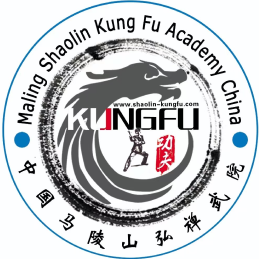Tibetan, Mongol, Manchu, & Miao
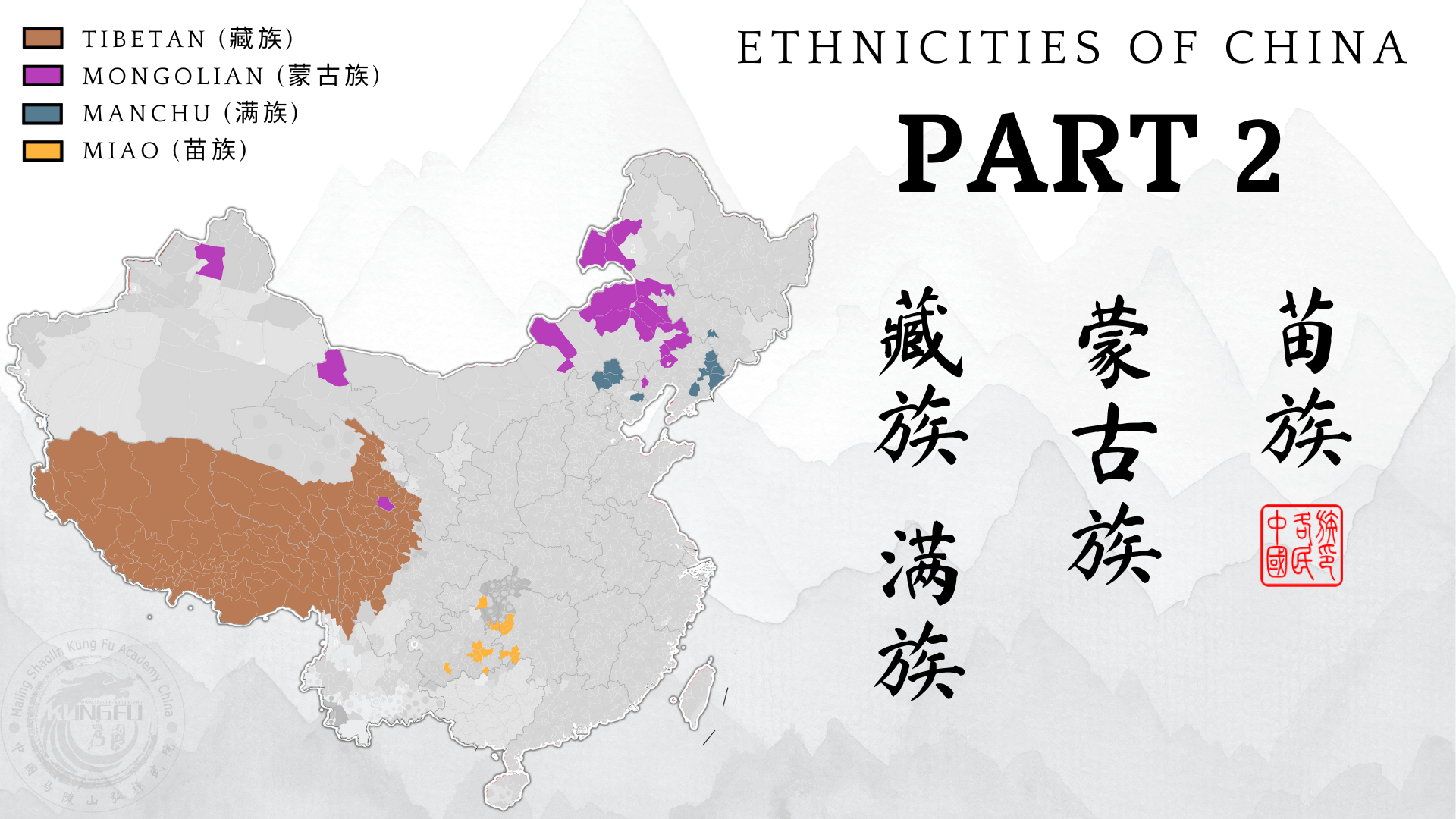
In the vast tapestry of China’s cultural landscape, the Tibetan, Mongol, Manchu, and Miao ethnicities stand out as vibrant threads, each weaving a distinct story of heritage, tradition, and identity. Through centuries of history and cultural exchange, these four ethnic groups have left an indelible mark on China’s rich mosaic of diversity. In this article, we embark on a journey to explore the historical significance, cultural nuances, and contemporary challenges faced by these fascinating ethnic communities.
Historical Significance and Prominence
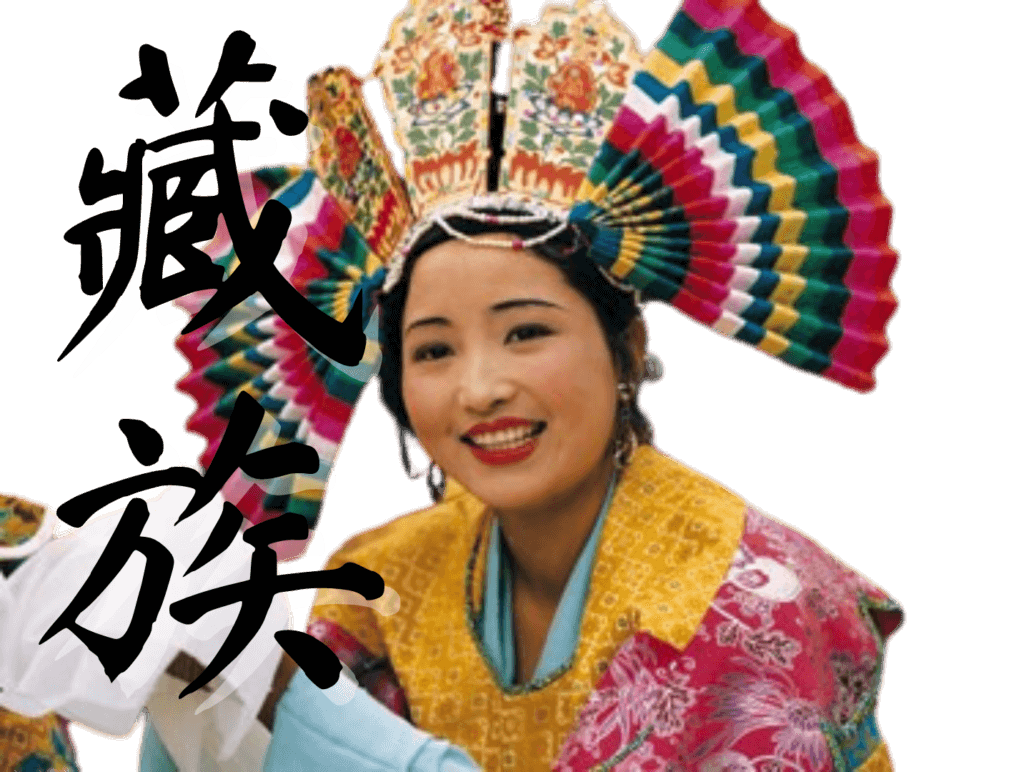
The Tibetan ethnicity, known as Zangzu, holds a storied legacy as the guardians of the Tibetan Plateau, also known as the “Roof of the World.” With a history dating back millennia, Tibetans have preserved a unique blend of Tibetan Buddhism, nomadic traditions, and artistic expressions, contributing to China’s spiritual and cultural heritage.
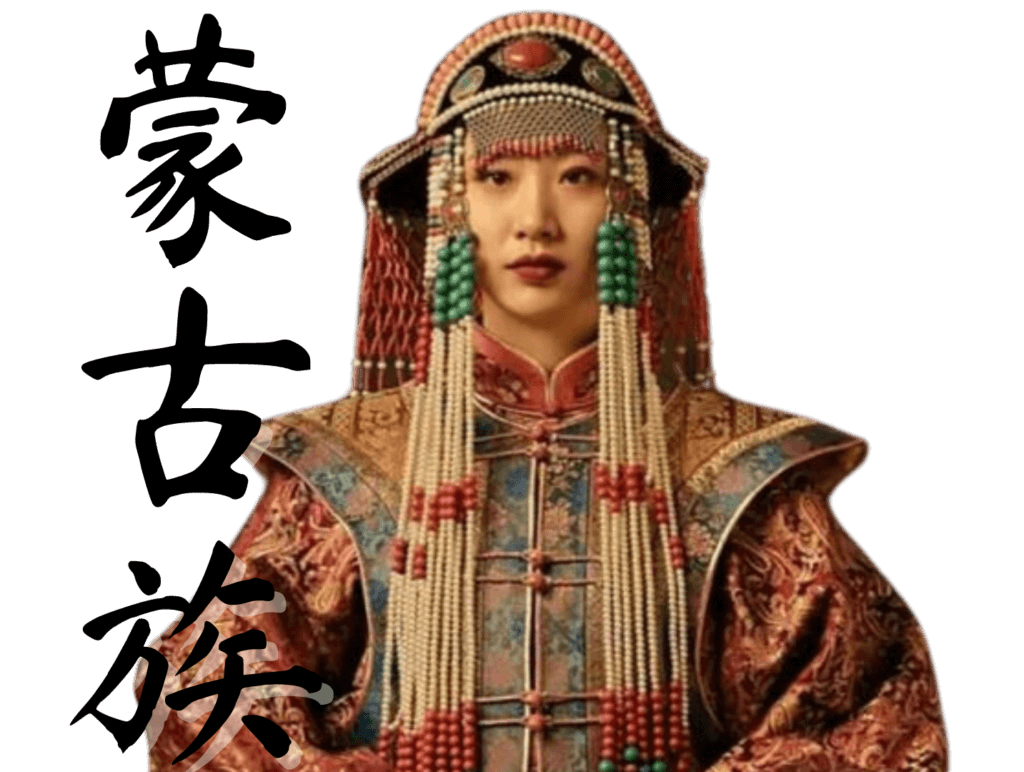
The Mongolian ethnicity, represented by the Menggu zu, traces its roots to the vast steppes of Central Asia. Renowned for their equestrian prowess and nomadic lifestyle, Mongols established one of history’s largest empires under the leadership of Genghis Khan, leaving an enduring legacy of conquest, trade, and cultural exchange across Eurasia.
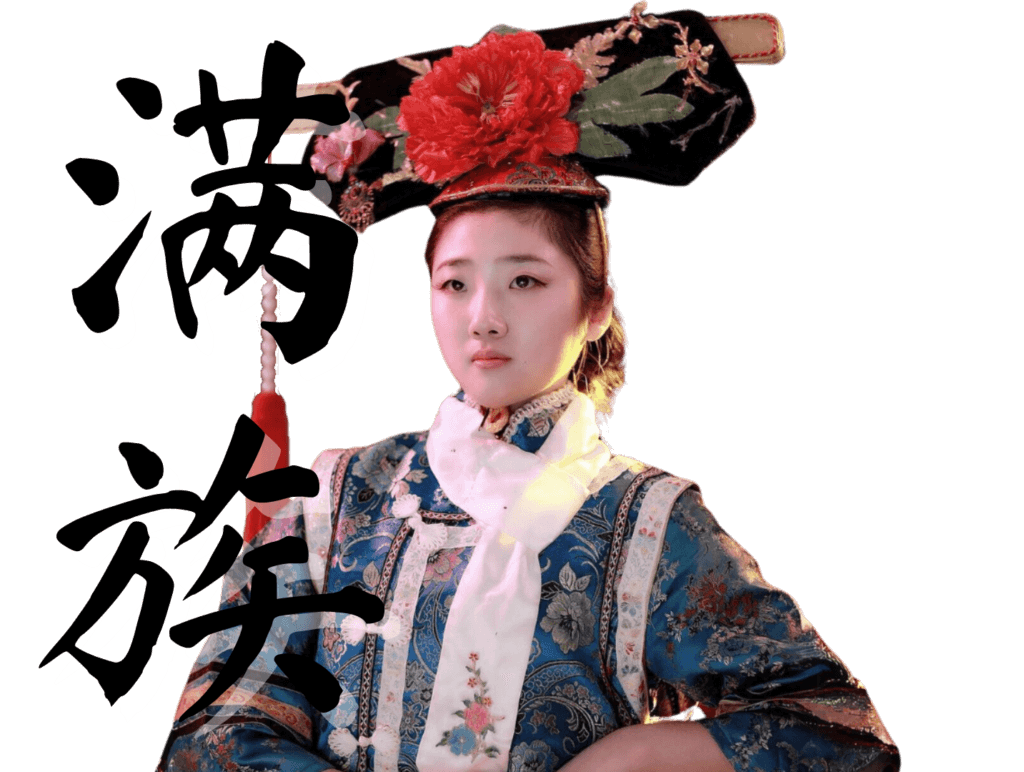
The Manchu ethnicity, known as Man zu, played a crucial role in Chinese history by establishing the Qing Dynasty, the last imperial dynasty of China. The Manchus ruled China for nearly three centuries, influencing the country’s political structure, culture, and society. Their legacy includes the preservation of traditional Chinese arts, literature, and architecture.
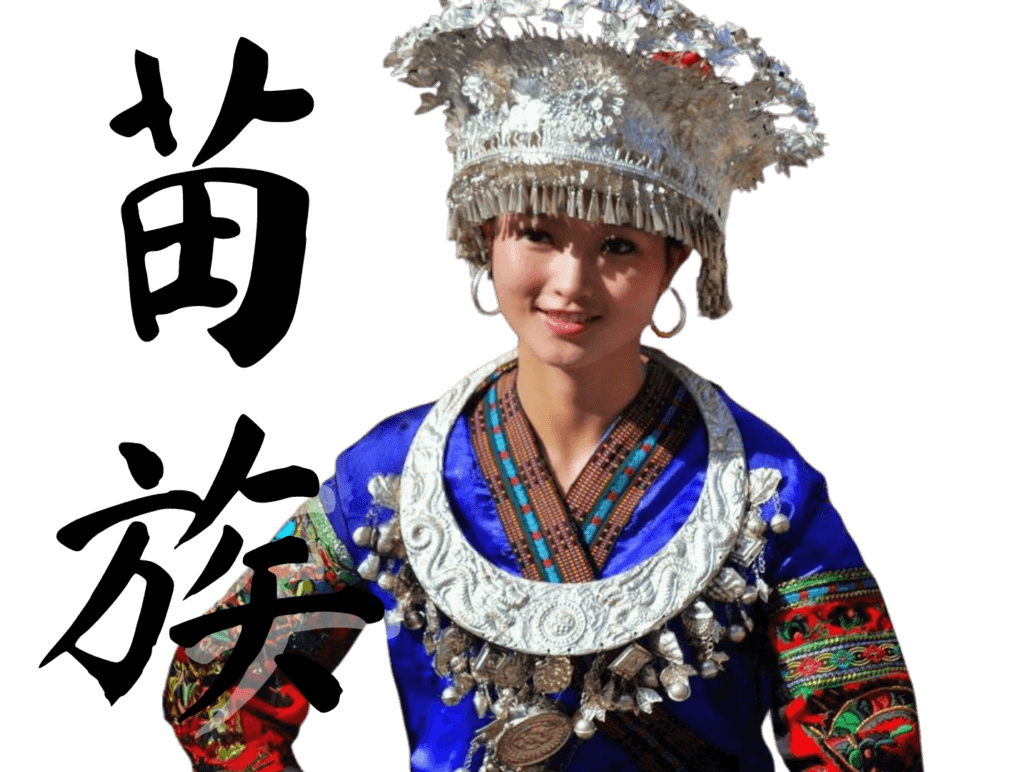
The Miao ethnicity, also referred to as Miao zu, boasts a rich cultural heritage rooted in the mountainous regions of southern China. Known for their vibrant festivals, intricate embroidery, and oral traditions, the Miao people have preserved their unique identity amidst centuries of social and political change.
Cultural Aspects
Attire
Tibetan traditional attire, characterized by colorful robes, intricate patterns, and ornate jewelry, reflects the region’s harsh climate and spiritual beliefs. Mongolian clothing features sturdy fabrics, fur-lined coats, and elaborately decorated hats, suited for the nomadic lifestyle of the steppes. Manchu attire is known for its distinct style, including the cheongsam (qipao) for women and changshan for men, often featuring elaborate embroidery and silk fabrics. Miao attire showcases elaborate silver ornaments, handwoven textiles, and intricate embroidery, reflecting the ethnic group’s craftsmanship and artistic flair.
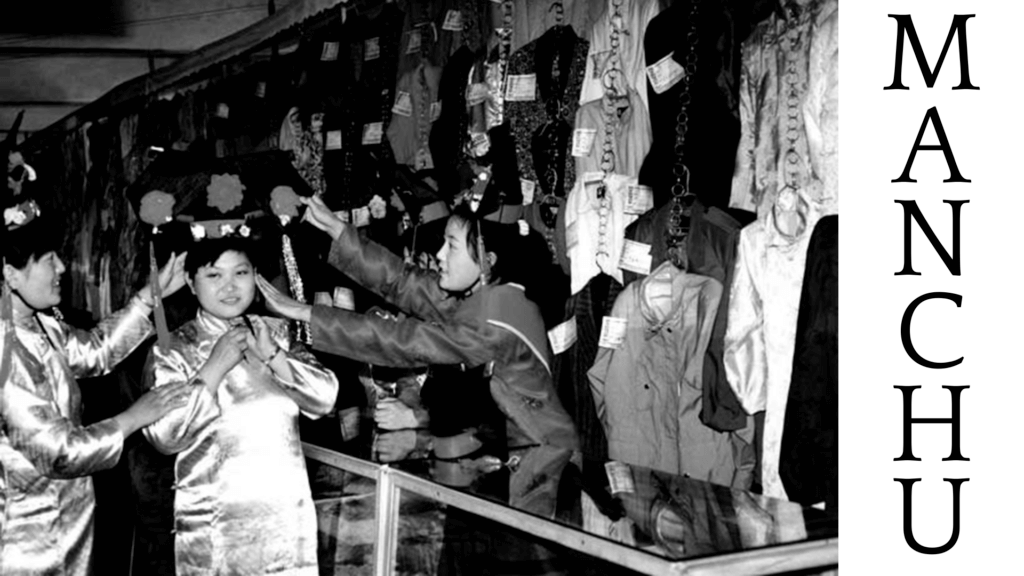
Dances
Tibetan traditional dances, such as the Cham Dance and the Guoxie Dance, are integral to religious ceremonies and cultural celebrations, embodying spiritual themes and mythological narratives. Mongolian dances, such as the Buryat Dance and the Mongolian Long Song, express themes of nomadic life, love, and nature through graceful movements and evocative music. Manchu dances, including the Yanggko Dance and the Manchu Bow Dance, highlight the ethnic group’s history and cultural practices, often performed during festivals and ceremonial occasions. Miao dances, such as the Lusheng Dance and the Sister’s Rice Dance, are vibrant expressions of community, identity, and collective memory, often performed during festivals and rituals.
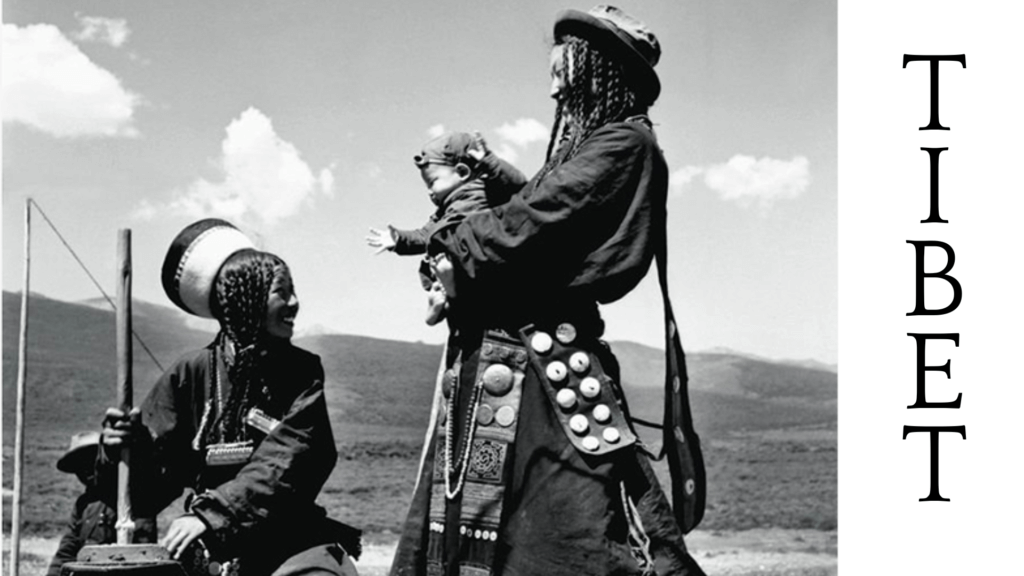
Martial Arts
Tibetan martial arts, such as Tibetan White Crane Kung Fu and Tibetan Wrestling, emphasize agility, strength, and spiritual discipline, drawing inspiration from Buddhist philosophy and Tibetan warrior traditions. Mongolian martial arts, including Bökh and Mongolian Wrestling, showcase the agility, speed, and endurance of nomadic warriors, with techniques adapted for horseback combat and close-quarters fighting. Manchu martial arts, such as Bāguàzhǎng and Sanda, emphasize fluid movements, strategic strikes, and spiritual harmony, reflecting the Manchu’s martial heritage and integration with Han Chinese martial traditions. Miao martial arts, such as Miao Stick Fighting and Miao Knife Fighting, are rooted in traditional hunting and self-defense techniques, passed down through generations as a means of survival and cultural preservation.
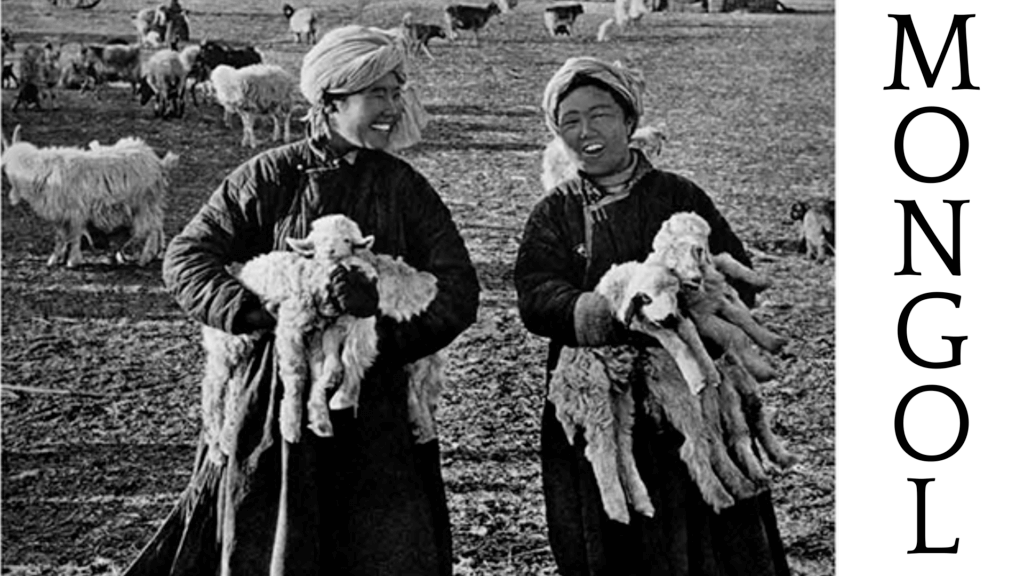
Traditions
Tibetan traditions encompass a wide range of religious rituals, such as prayer flag ceremonies, butter sculpture festivals, and pilgrimages to sacred sites like Lhasa and Mount Kailash. Mongolian traditions include Naadam Festival, Tsagaan Sar (Lunar New Year), and Eagle Hunting Festival, which celebrate nomadic culture, horse racing, and archery. Manchu traditions involve shamanistic rituals, the Lunar New Year celebration, and the annual Qingming Festival, where ancestor worship and respect for nature are central themes. Miao traditions center on agricultural festivals, ancestor worship, and shamanistic rituals, with ceremonies like the Lusheng Festival and the Sisters’ Rice Festival serving as expressions of communal identity and spiritual connection.
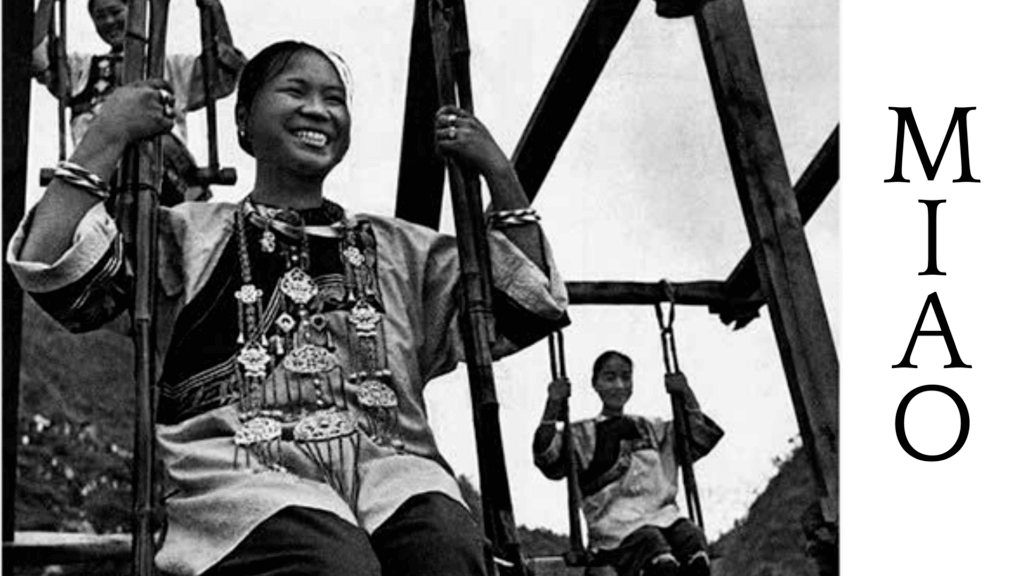
Food
Tibetan cuisine, influenced by the harsh climate and high altitude of the Tibetan Plateau, features hearty dishes like yak meat, tsampa (roasted barley flour), momos (dumplings), and butter tea, providing sustenance for the rugged terrain. Mongolian cuisine, characterized by its reliance on meat and dairy products, includes dishes like buuz (steamed dumplings), khorkhog (meat stew), and aaruul (dried curd), reflecting the nomadic lifestyle of the steppes. Manchu cuisine, known for its rich flavors and diverse ingredients, includes dishes like Manchu hot pot, stewed deer tendon, and sticky rice cakes, showcasing the ethnic group’s culinary traditions and adaptation of Han Chinese cooking styles. Miao cuisine, influenced by the agricultural bounty of southern China, features dishes like sour fish soup, bamboo rice, and glutinous rice cakes, reflecting the ethnic group’s culinary traditions and agricultural practices.
Contemporary Issues and Challenges

While Tibetan, Mongolian, Manchu, and Miao cultures continue to thrive in modern China, they face various challenges in preserving their traditions and identity. Rapid urbanization and socioeconomic disparities aimed at development can pose threats to traditional ways of life and cultural heritage. Additionally, ethnic minority communities often grapple with issues of language preservation and environmental conservation. Efforts to address these challenges include initiatives focused on cultural education, language revitalization, and sustainable development, aimed at empowering ethnic minority groups and safeguarding their cultural legacy for future generations.
Conclusion
The Tibetan, Mongolian, Manchu, and Miao ethnicities represent just a fraction of the diverse mosaic of cultures that enrich China’s cultural landscape. By celebrating and preserving the unique heritage of each ethnic group, China can embrace its diversity and foster harmony among its people, ensuring that the tapestry of Chinese culture continues to thrive for generations to come.

